University Report: Stakeholder Analysis and Mapping for HSBC
VerifiedAdded on 2021/04/21
|6
|755
|136
Report
AI Summary
This report provides a comprehensive stakeholder analysis and mapping of HSBC, a major financial institution. It begins by defining stakeholder analysis and its importance in business administration, project management, and conflict resolution. The report then presents a stakeholder mapping model of HSBC, categorizing stakeholders into producers, enablers, customers, limiters, and communities. Following the mapping, the report delves into the stakeholder typology of HSBC, classifying stakeholders as demanding, dormant, definitive, dependent, dangerous, and dominant based on their power, legitimacy, and urgency. Each stakeholder type is explained with examples relevant to HSBC, offering insights into the company's stakeholder relationships and their potential impact on decision-making and brand value. The analysis includes references to relevant academic sources.
1 out of 6
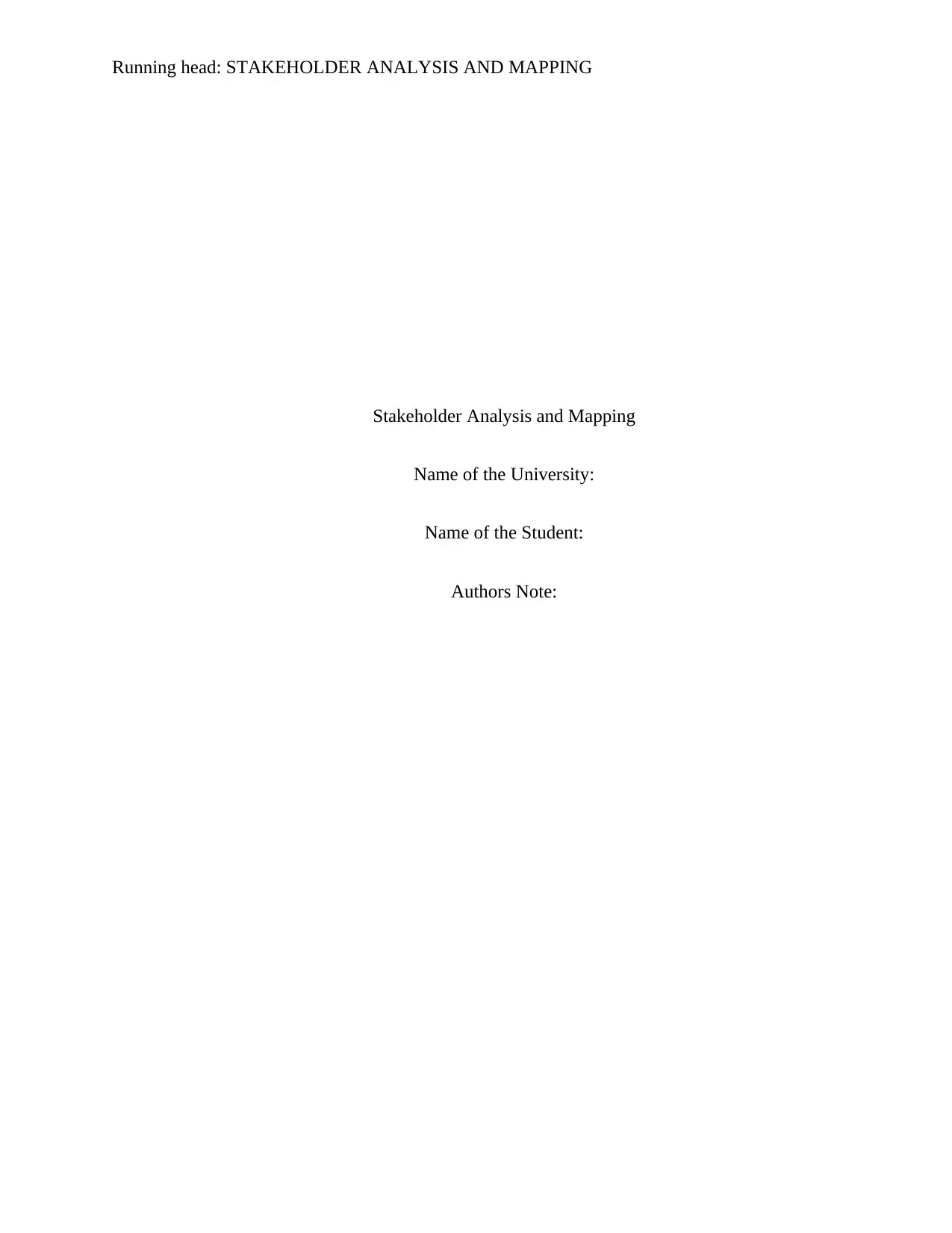
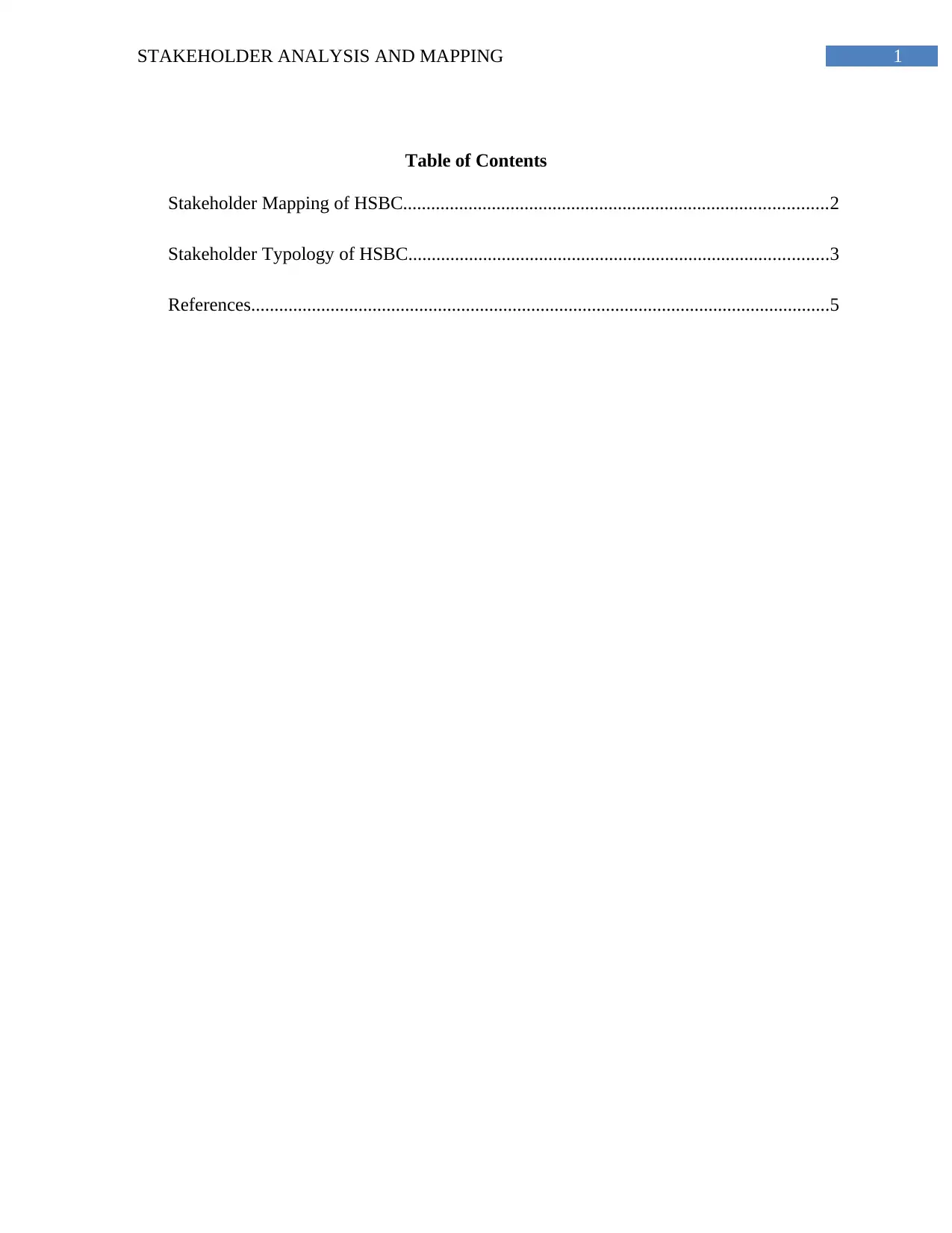
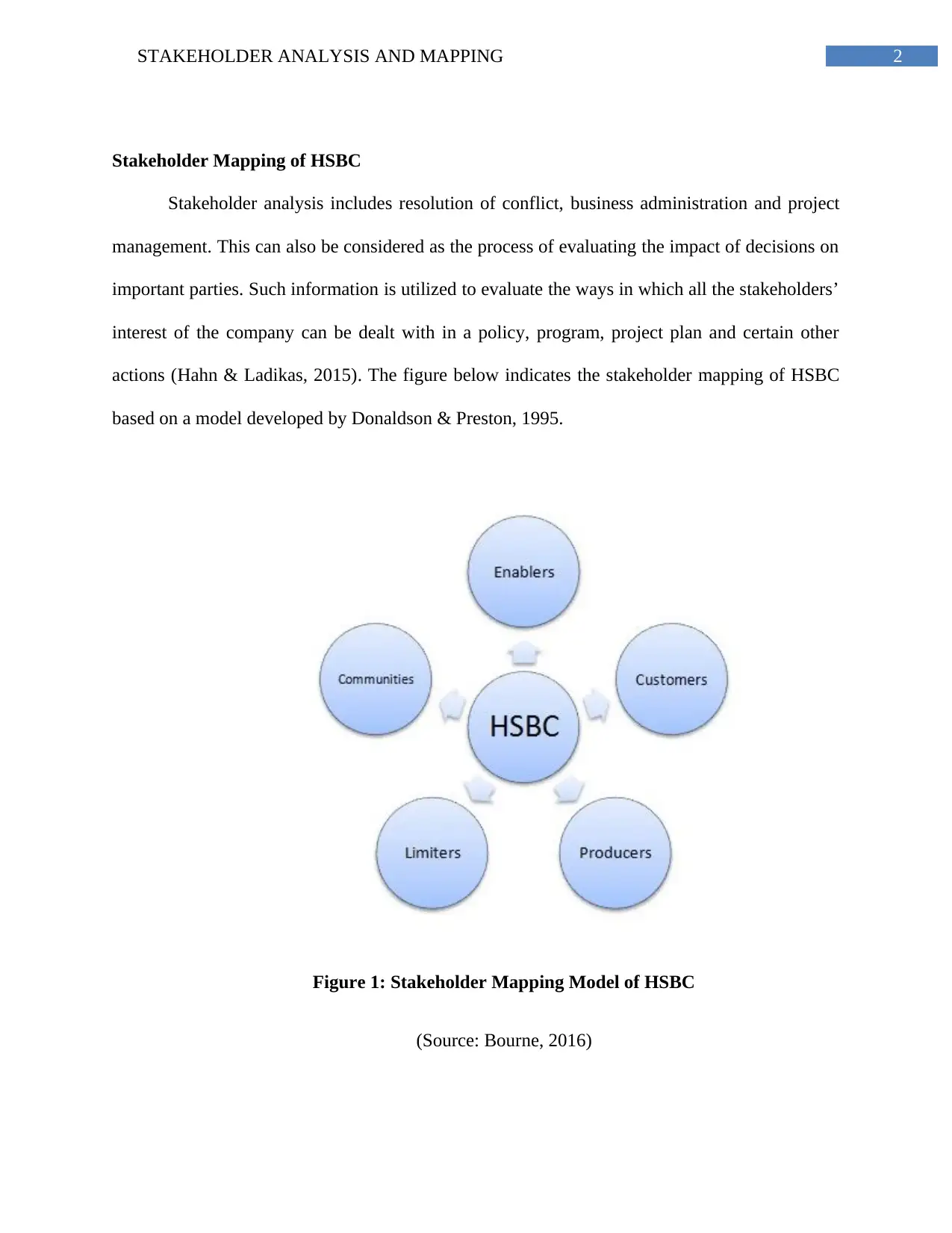

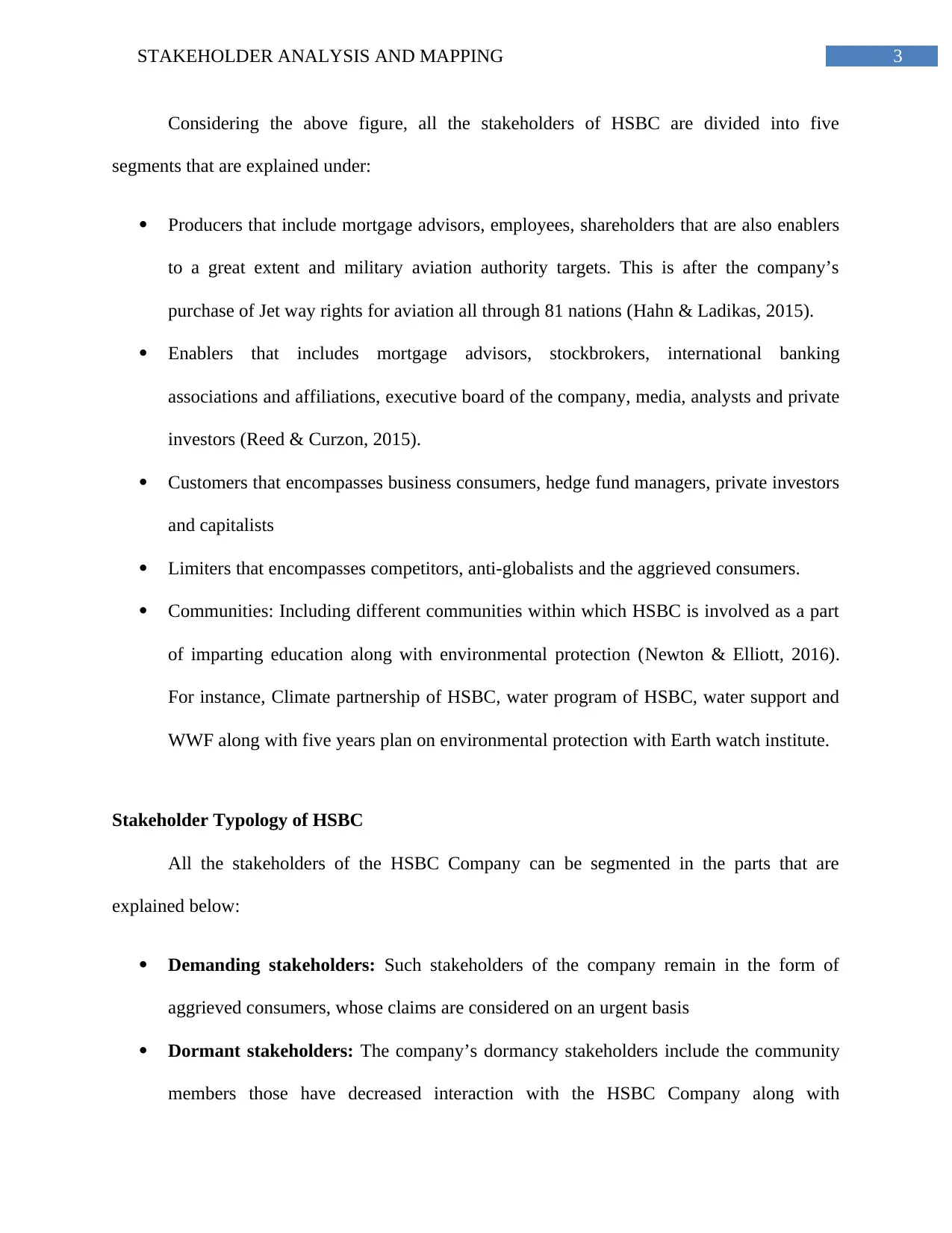
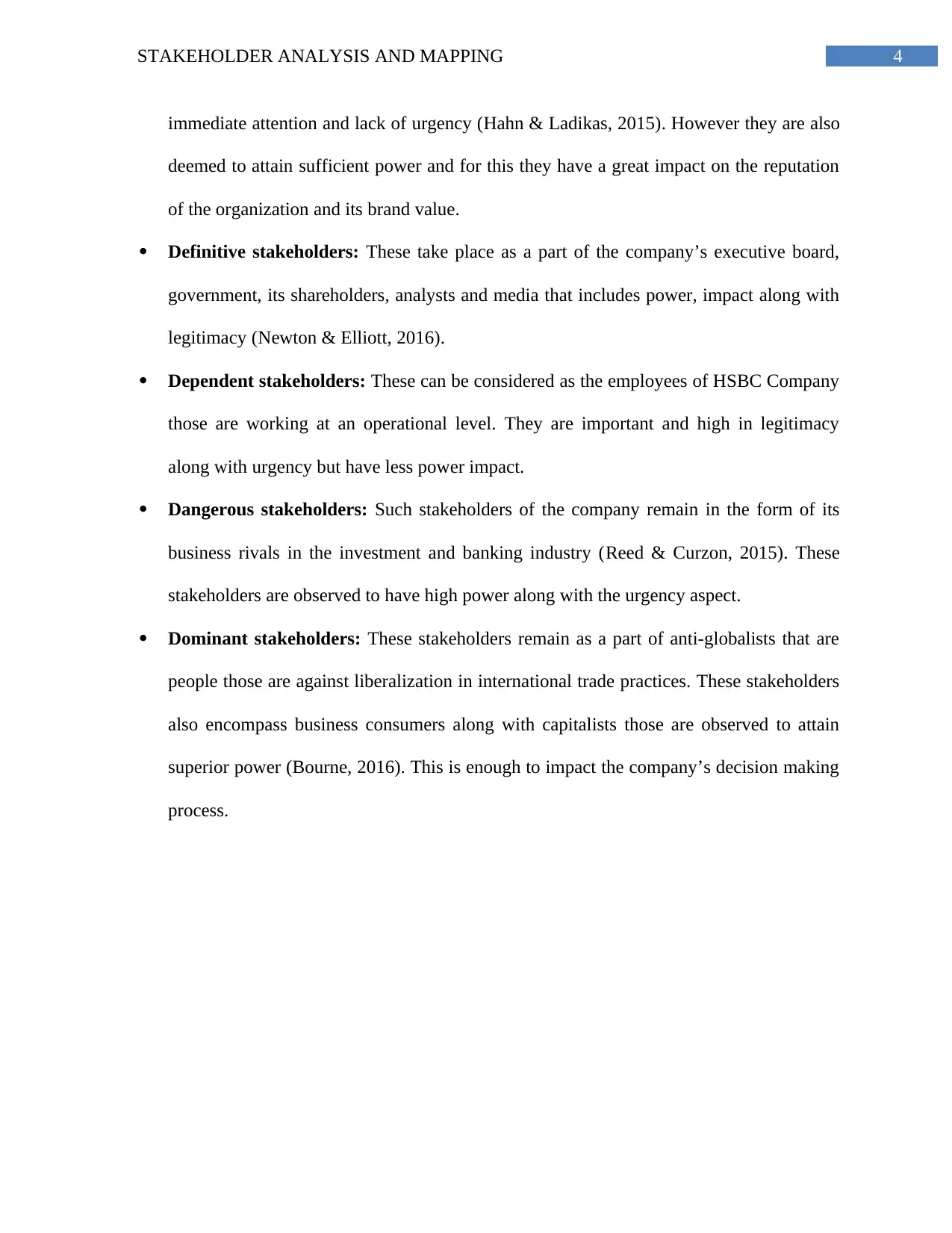
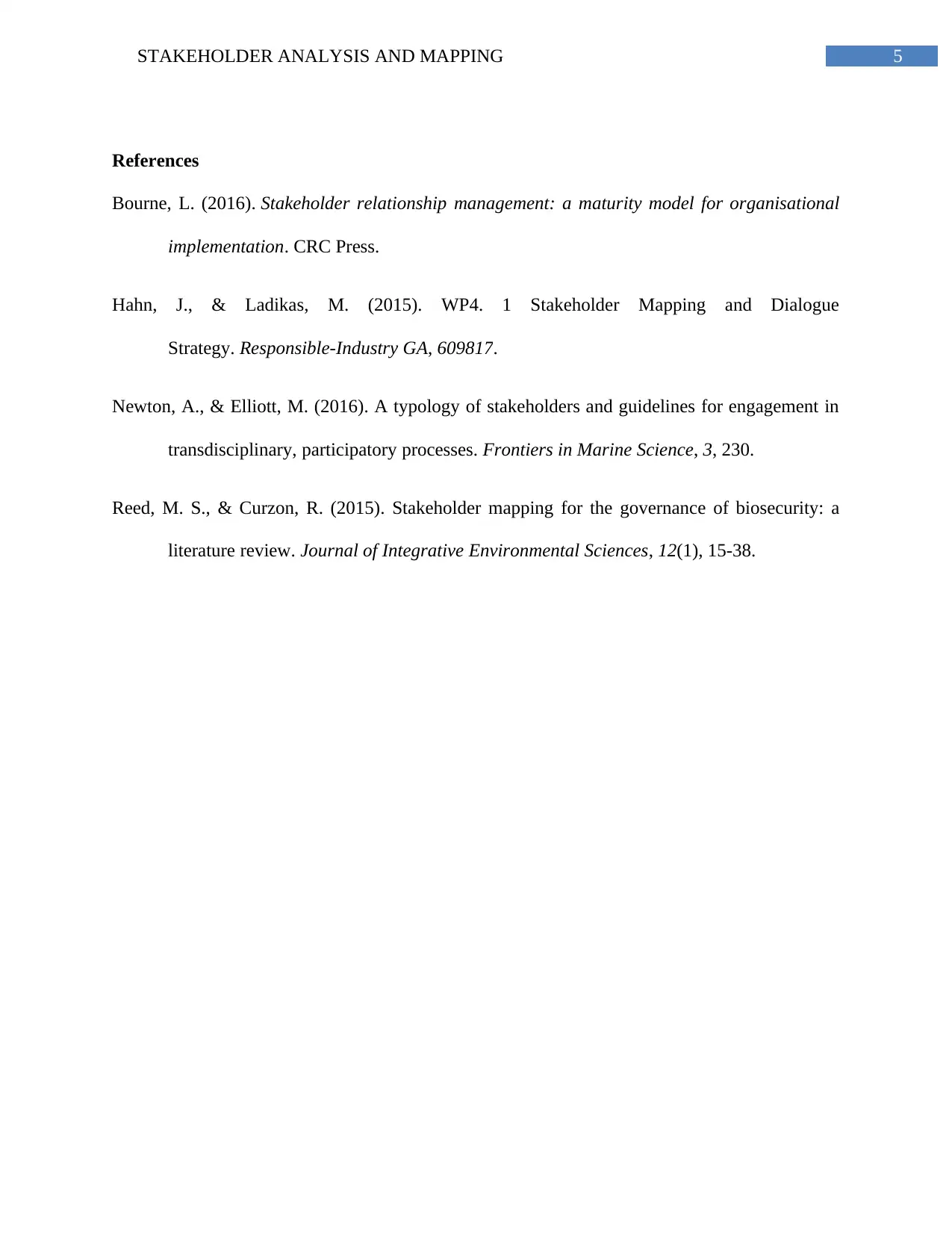
![[object Object]](/_next/static/media/star-bottom.7253800d.svg)